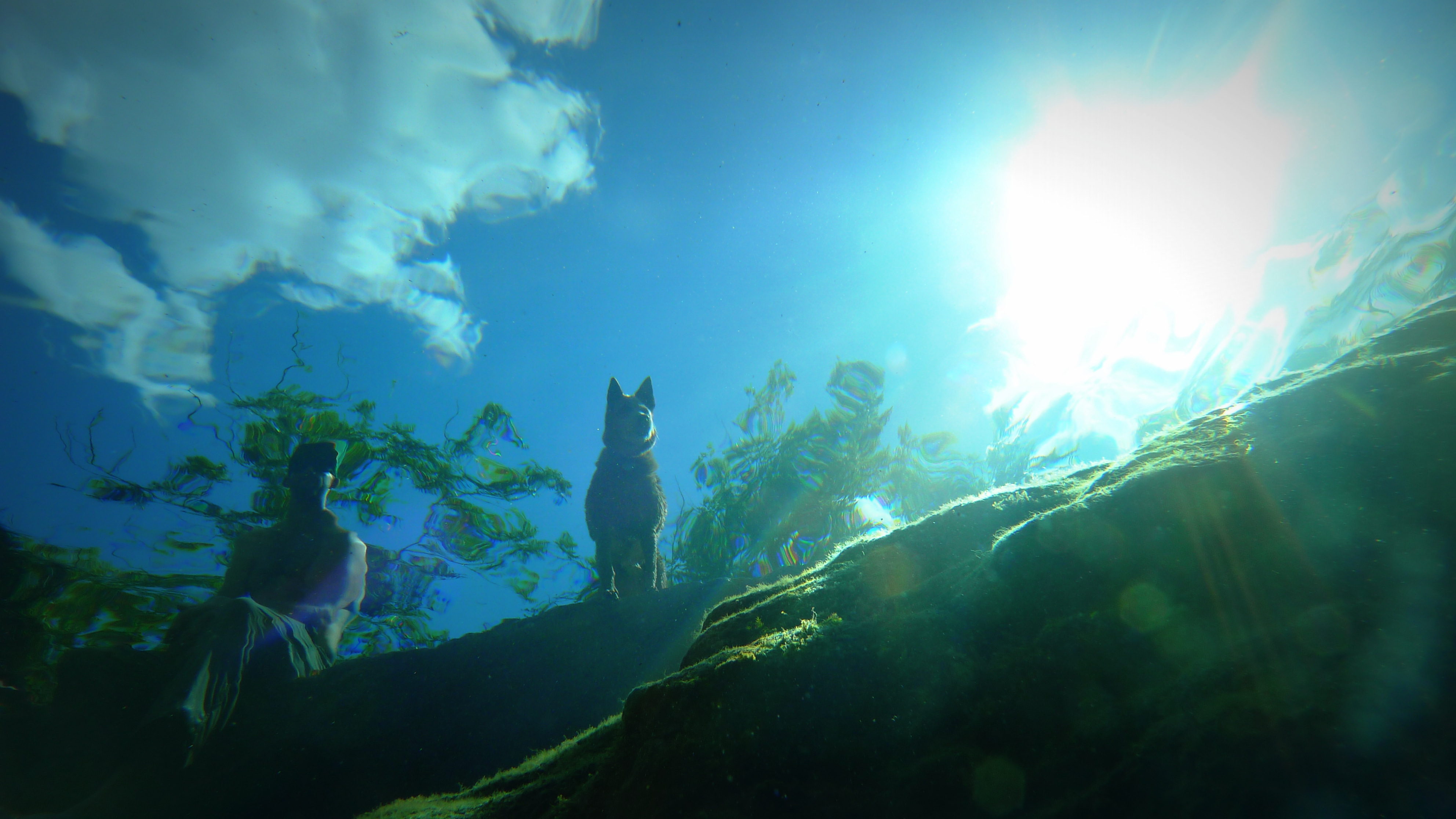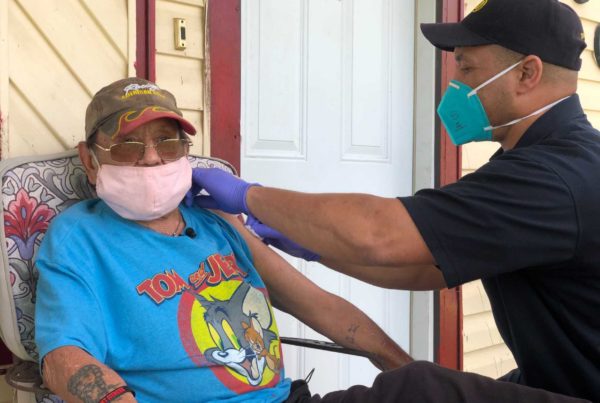When settlers first came upon Jacob’s Well near Wimberley around 1850, they did not encounter a swimming hole. They discovered a magical fountain of beautifully clear water, 12 feet in diameter, sometimes spouting four or five feet above the surface. They named it Jacob’s Well because of its Biblical magnificence.
Over the next 70 years, thirsty central Texas pulled water from the Trinity aquifer that feeds the artesian fountain. It was slowly tamed but it is still wildly beautiful there. You can jump off outcroppings rising 10 to 15 feet above the well, into eternal 68-degree waters. Quite an arctic blast in the middle of a Texas summer.
My focus here is not, however, on the idyllic surface world of Jacob’s Well. I’m interested in what lies beneath. Far, far beneath. In Stephen Harrigan’s novel “Jacob’s Well,” he says it is “like a portal from another dimension, a world of unnatural vibrance and mystery.” Harrigan logged over 20 dives in the cave more than thirty years ago.
The well takes an initial plunge through 23 feet of well-lit water to an apparent bottom, but then it veers off into a descent of increasing darkness. I visited with Gregg Tatum who has logged over 250 dives there. He says it is no place for a novice. Only cave certified divers with substantial experience in cave diving should go deep into Jacob’s Well. He says, “It gets so dark you can taste it.”
Novelist Harrigan describes his character’s response similarly: “He turned off his light and felt the darkness rush in… exquisite blackness like a weight. If he had been on Mars he couldn’t have felt farther from the familiar world above him.”
Eight or nine divers have lost their lives in Jacob’s Well. It is difficult to get an exact number – could be more. For that reason, Jacob’s Well is known as one of the most dangerous diving spots in the world. Tatum, however, bristles at that description. He says that the Well is only dangerous if you “don’t know what you are doing.”
Still, Tatum says that there is no room for error. He takes at least two, and sometimes three of everything – two knives, two tanks, three lights. Lighting is sometimes more important than air. It is likely that some of the doomed divers ran out of air because they first ran out of light. Another hazard is the silt on the bottom. It is easy for the novice to accidentally stir up the silt so he cannot tell up from down or which way is in or out.
The Jacob’s Well Exploration Project, of which Gregg Tatum is the director, has mapped the cave system. It plunges to 140 feet at its deepest point; 14 stories underground, underwater. There are two tunnels, A and B. A is 4300 feet long (three-quarters of a mile) and B is 1300 feet long. It takes five hours round trip to get to the terminus of tunnel A. Tatum believes that if one had time to work at the terminus, there might be a way to gain access to more of the cave. There is a strong flow, too, which divers must struggle against to get down into the depths.
Authorities once tried to seal off the cave. They welded a steel grate at about 70 feet in. Within months it was removed by rogue divers who left a note saying, “You can’t keep us out.”
A particularly interesting feature of the cave is called the “Birth Canal.” This two-foot square portal is found at the rear of a fairly large underwater room, 75 feet from the surface. The Birth Canal is situated at the top of a long, steep, gravel-floored slope which is notoriously unstable. At the base of this slope, divers encounter a narrow restriction that, depending on conditions, can be as tight as 15 inches in height.
Negotiating this restriction sometimes requires divers to push rocks and gravel out of the way, pull forward a few inches and then repeat the process several times. Once past the restriction, the cave widens considerably, but the ceiling remains only 2 to 3 feet high. Clearly, this is not a place for the claustrophobic.
Gregg notes that divers occasionally find that gravel that was pushed aside to gain entrance has been replaced with more material from higher up the slope, making the opening appear to close shut behind them. Even for an experienced cave diver, this event can give one pause.
Divers now use side-mounted tanks to lower their profiles and make them more streamlined as they slide through narrow passageways with less risk of getting stuck. And it is a sublime underwater world. There are no stalactites and stalagmites, but there are impressive limestone walls of many colors, vibrant and muted. There are no bats, of course, but there are catfish, perch, turtles – at the beginning of the cave – and then deep in, there are blind Texas salamanders to keep you company.
You can’t scuba dive there without a special permit from Hays County, and the only entity that has one is the Jacob’s Well Exploration Project. However, you can go along with them, so to speak, by video, on their website, Jacob’s Well Exploration Projectg. You will be diving deep into the heart of Texas in no time.
As for me, I couldn’t dive there, even with training, and I’ll tell you why.
When I was six years old my mother took us to swim in a pool at her friend’s house. It was unusual for a residential pool. The deep end was exceptionally deep. You couldn’t see the bottom because of the shade that the big trees cast over it. My older brother, Shep, who was a practical joker extraordinaire, told me that it was 100 feet deep there and dared me to swim across it. Though I was a good swimmer already, I would not risk it. The idea that it was possibly bottomless and that strange creatures might be lurking down there, kept me in the shallow end. There is a name for this fear: bathophobia. It is not a fear of being clean: it is a fear of deep water that may hide unknown horrors.
Fast forward 30 years: I went swimming at Jacob’s Well in central Texas. When I learned that eight or nine people had drowned scuba diving in that cave system, my bathophobia was triggered. Just the thought of going down into those depths was to me the stuff Stephen King novels were made of. I stayed on the surface or near it, enjoying the well lit waters.
But that was not so for everyone. Whereas I was disenchanted with the depths, the free divers and scuba divers were seduced, and still are, forever attracted to what lies beneath.
This story originally aired on Jan. 24, 2018.















